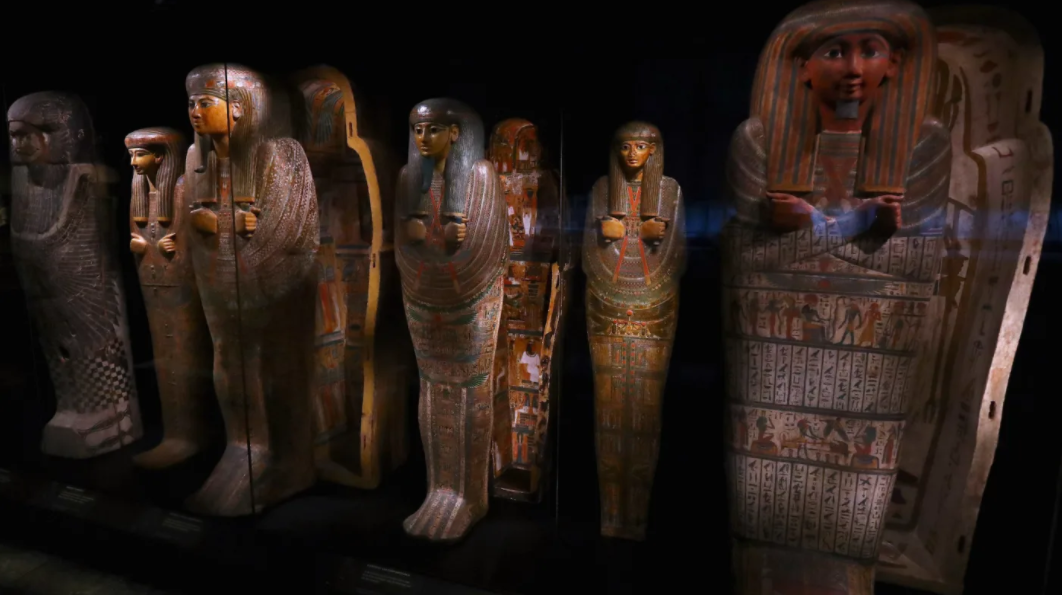The discovery of a 3,000-year-old city that was lost to the sands of Egypt has been hailed as one of the most important archaeological finds since Tutankhamun’s tomb.
Egyptologist Dr Zahi Hawass announced the discovery of what he called a “lost golden city”, saying the site was uncovered in the southern province of Luxor.
“The Egyptian mission under Dr Zahi Hawass found the city that was lost under the sands,” a statement from the archaeology team said. “The city is 3,000 years old, dates to the reign of Amenhotep III, and continued to be used by Tutankhamun and Ay.”
The city dates to the reign of Amenhotep III, one of Egypt’s most powerful pharaohs, who ruled from 1391 to 1353 BC.
The city continued to be used by pharaohs Ay and Tutankhamun, whose nearly intact tomb was discovered in the Valley of the Kings by British archaeologist Howard Carter in 1922.
Archaeologists in Egypt discovered a "lost golden city" they say is the largest ancient city ever found there.
The city is over 3,000 years old. Experts say they have found amulets and neighborhoods "untouched for thousands of years."
(📷: Zahi Hawass Center for Egyptology) pic.twitter.com/eBCyNoYwX1
— AJ+ (@ajplus) April 9, 2021
It offers “a rare glimpse into the life of the ancient Egyptians at the time when the empire was at its wealthiest,” she said.
Luxor, known in ancient times as Thebes, is among the oldest inhabited cities in the world and is famous for its ancient Egyptian sites, along with being home to the Valley of Kings.














































































